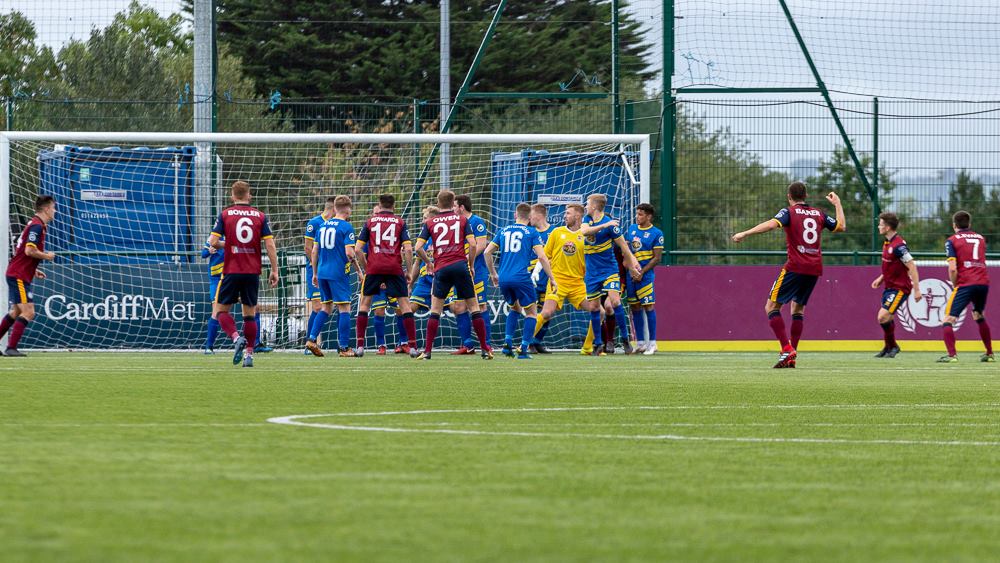
Kyle McCarthy scores the match-winning goal from an indirect free-kick. (Matthew Lofthouse)
In Sunday’s JD Welsh Premier League game between Cardiff Metropolitan University and Cefn Druids, we saw a rare occurrence in football: an own goal from an indirect free-kick.
Referee Huw Jones awarded the Archers an indirect free-kick, after Druids goalkeeper Michael Jones picked the ball up for a second time inside his own area.
After seeing the longer version, my main question is: “What was the keeper doing when he gave the free kick away in the first place?” https://t.co/pfz0cR9HBC
— Siôn (@jonisioni) September 10, 2018
Kyle McCarthy stepped up and fired the free-kick into the Ancients wall on the goal-line, the ball deflected off Dean Rittenberg and into the back of the net.
The goal left many at the ground confused, wondering why the goal was allowed to stand, and what the rules are when it comes to indirect free-kicks.
According to fifa.com, “a goal can be scored only if the ball subsequently touches another player before it enters the goal”.
Had McCarthy’s shot gone directly into the goal, the Ancients would have been awarded a goal kick. (if an indirect free kick is kicked directly into the opponents’ goal, a goal kick is awarded.)
Archers wing-back McCarthy couldn’t see what all the fuss was about:
Seen @CefnDruids align themselves like that in previous games…aimed, executed, scored…no further comment 💥🎯👀
— Kyle McCarthy (@Kyle_McC) September 10, 2018
This isn’t the only well-documented goal from the JD Welsh Premier League this season. Bala Town’s Henry Jones performed a ‘rabona’ to cross the ball in for Steven Tames to score against Carmarthen Town:
Henry Jones 👀🙌⚽️ pic.twitter.com/AEqc2eSQLm
— ⚽ Sgorio (@sgorio) August 10, 2018
Ross on Twitter made a good point when he said this:
Guy on the line has to dive out the way there, surely.
— Ross Turner (@Ross_Turner86) September 10, 2018
The Welsh Premier League released a statement yesterday which provided some clarification on the goal:
CLARIFICATION | After a review, the winning goal from yesterday’s @CardiffMetFC v @CefnDruids game will officially be credited as an Own Goal. #JDWPL pic.twitter.com/AK8KvQIdwH
— JD Welsh Premier League (@WPL_Official) September 10, 2018
Goalkeepers will certainly think twice before making the same mistake that Jones made on Sunday.
(Featured image: Matthew Lofthouse)



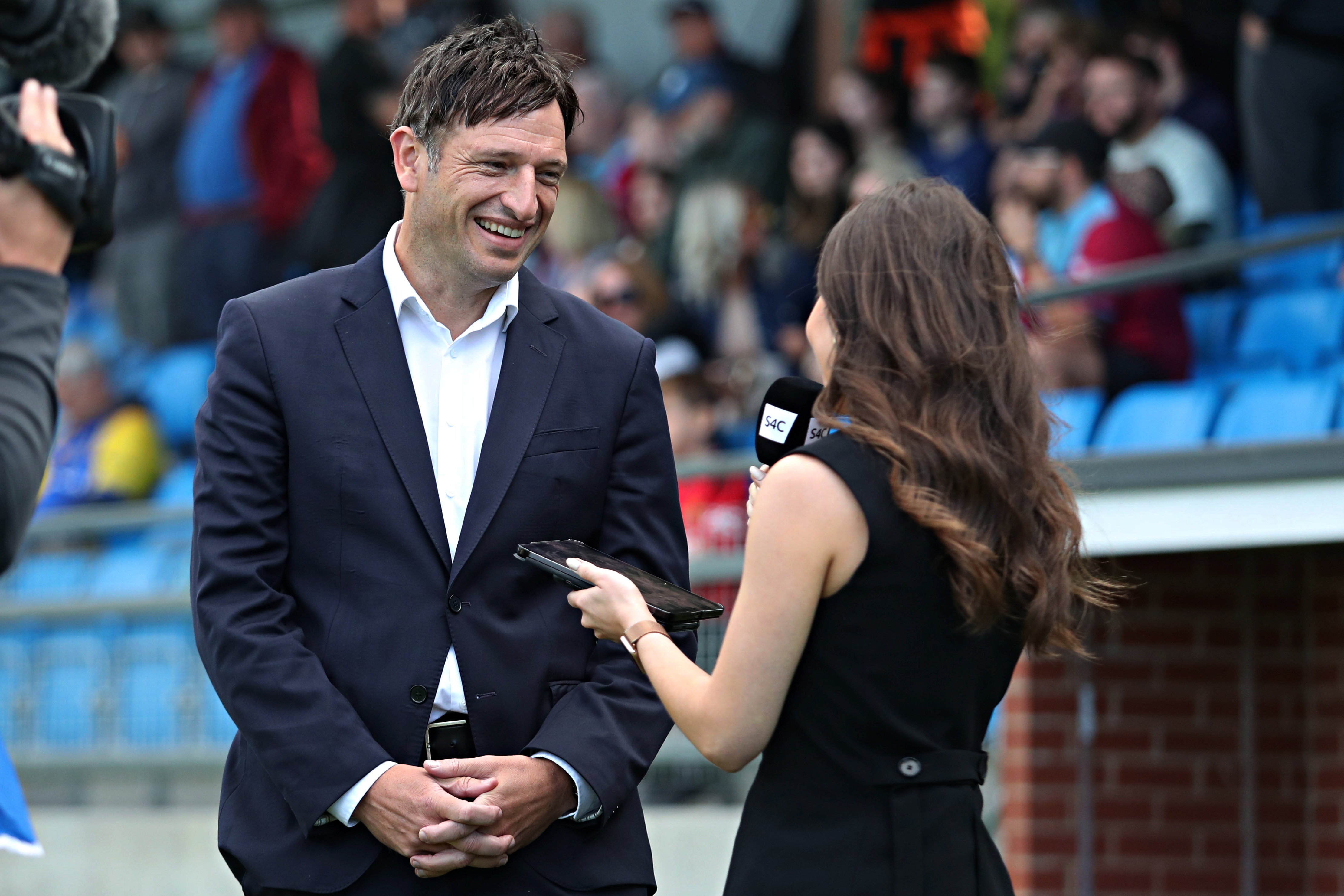
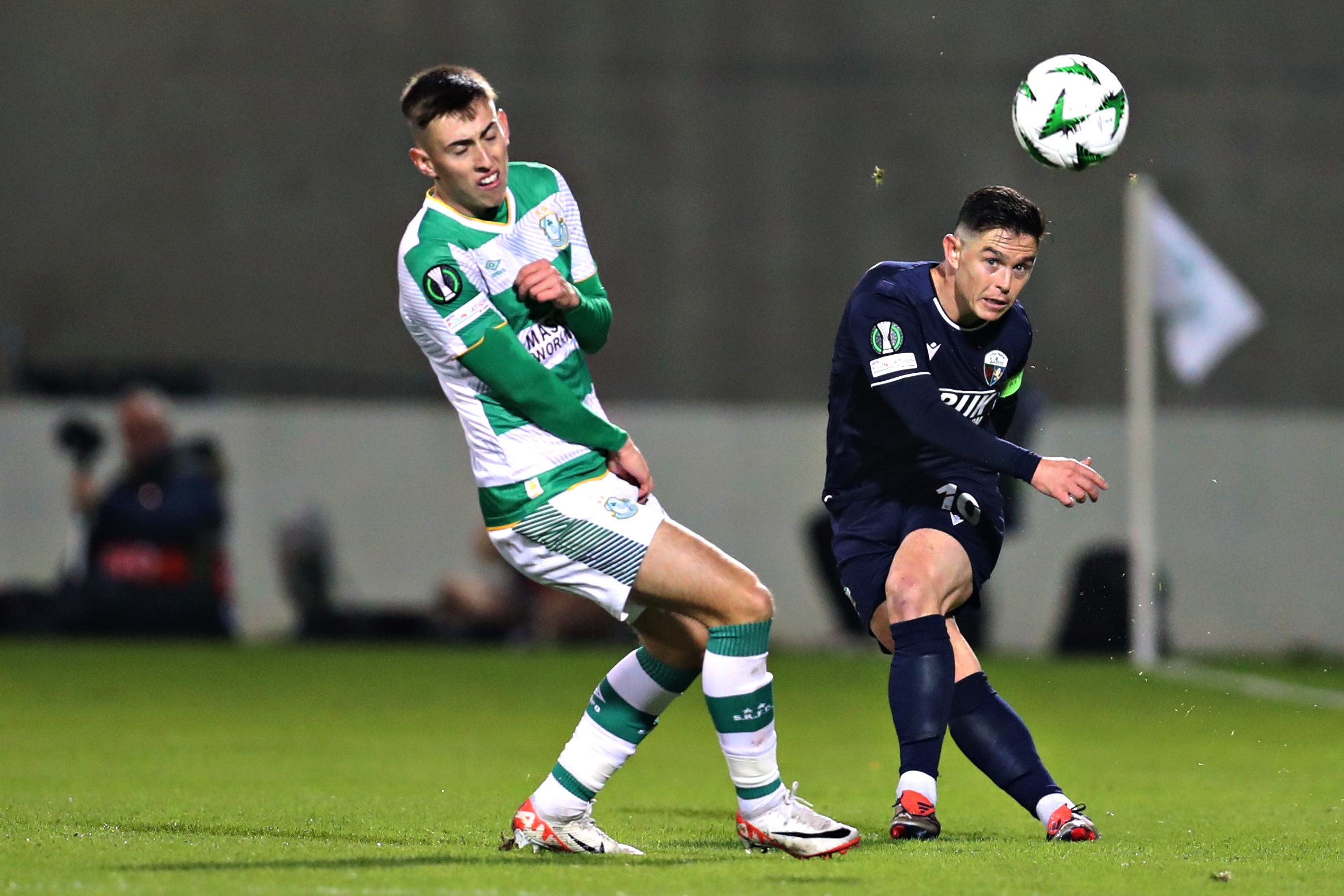



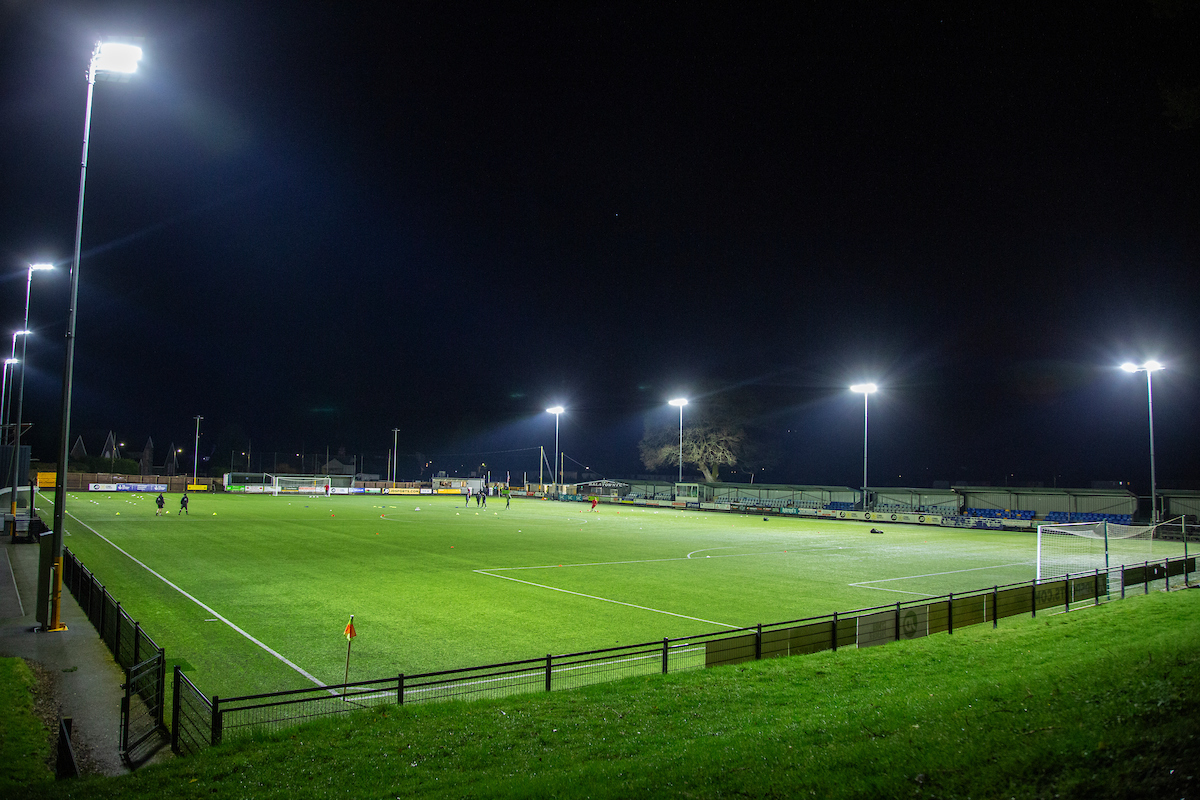



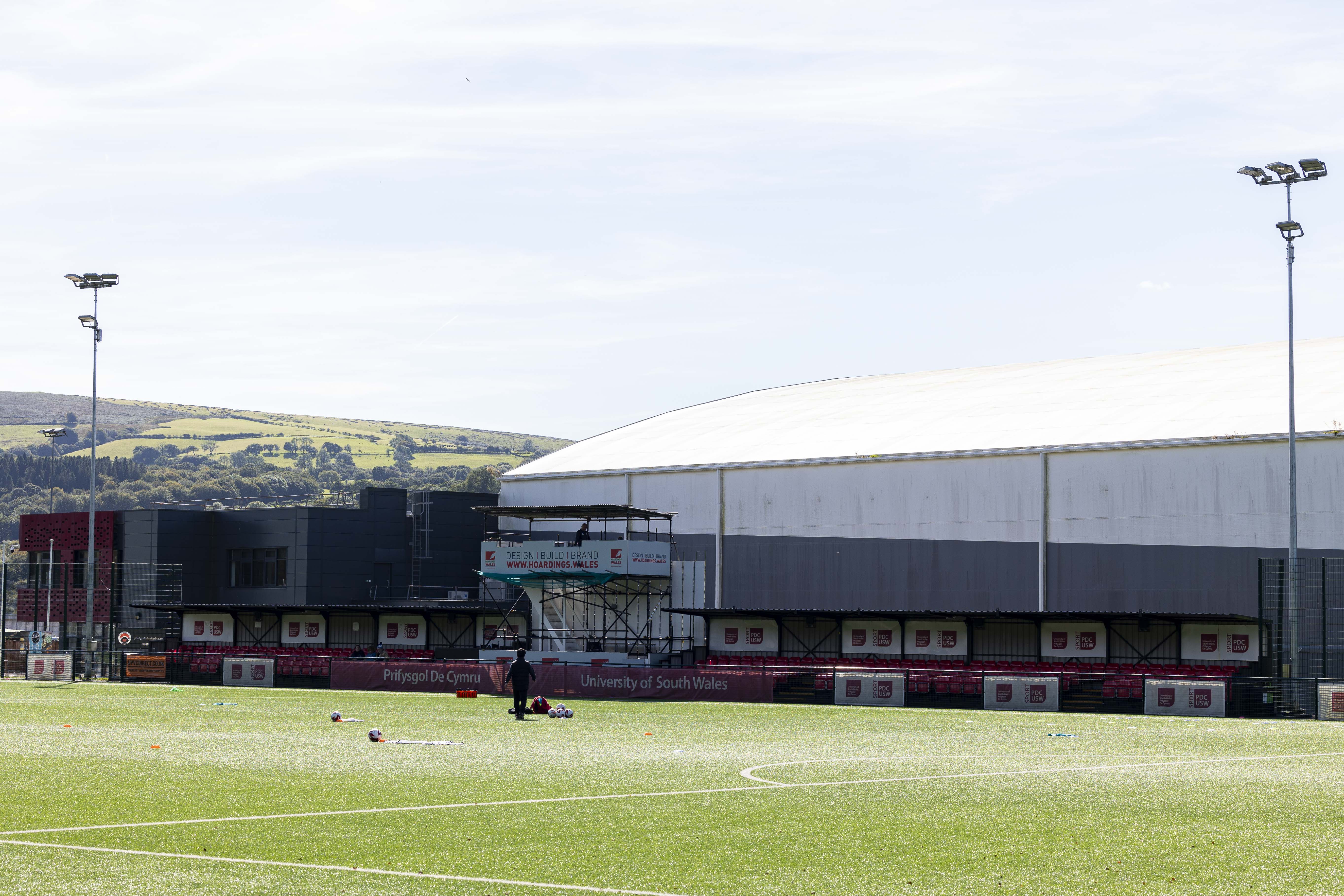

Leave a Reply